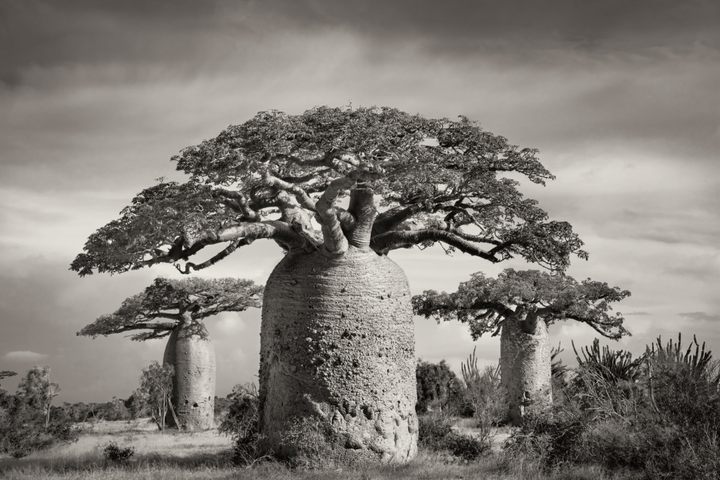
A Photographer’s Journey With the Ancient Baobabs of Madagascar
The death of a sacred tree led to the discovery of other wonders.
When Tsitakakoike, one of the largest Grandidier’s baobab trees in Madagascar, with a circumference of almost 90 feet, split and collapsed in 2018 after years without rain, it was a huge loss. Not only are the fruit and bark of this species, also known as the “mother of the forest,” useful as food and rope-making material, but Tsitakakoike was estimated to be 1,400 years old and sacred to the residents of nearby Andombiro village. The villagers believed that the huge, ancient tree, whose name means “the tree where one cannot hear the cry from the other side,” housed the spirits of their ancestors.
Continents away, in California, photographer Beth Moon also mourned the news. In her new photo book, Baobab published by Abbevllle Press, Moon writes, “Thinking of the trees, I am filled with anxiety. How can I ignore the onslaught of information directed to my notice? Do I move ahead in indifference? Sleepless nights indicate otherwise.” Having photographed other baobab trees in Africa in 2006, she felt compelled to make the long and arduous trip to photograph what remained of Tsitakakoike, and say goodbye. But on the same journey, Moon found wonder and hope while making portraits of baobabs she hadn’t seen before. The photographer spent a lot of time with a special tree that is Tsitakakoike’s sacred successor, whose grand bulbous trunk takes 32 steps to circumnavigate.

Moon’s book also documents the beautiful and distinctive-looking baobabs of Botswana, South Africa, and Senegal with platinum and hand-colored prints with an incredible level of detail. Her medium-format camera produced detail that sometimes even surprised her. Upon examining some images that she stitched together into a panorama of eight total frames, Moon says, “I thought, ‘Oh, there’s a line in the sky, I wonder what that is,’ and I blew it up closer, closer, closer. I could see a spider hanging from one of the branches … from like a football field’s length away.”
Atlas Obscura spoke with the artist about her first trip to Madagascar, building relationships with trees, and how she got special permission to photograph the fallen Tsitakakoike.
What first brought you to Africa to photograph the baobab trees?
It was just a logical progression of the work I was doing [documenting majestic, ancient trees], which started in England and then moved to California, right in my backyard, or really all of California, with Joshuas, sequoias, redwoods, and bristlecones. This whole project gained momentum and I went forward with it, and print sales kind of funded further trips. The Avenue of the Baobabs, or the Allée des Baobabs, in Madagascar, it just captured my imagination beyond belief. It was a dream destination. This was 2006, and unfortunately I have seen changes in a relatively short span of time.

How do you choose which trees to photograph?
On my first trip in 2006, I had specific destinations because the Allée is a famous spot. From there, there were two other locations nearby that I knew of that were also somewhat famous, if even just to the local area. My next trip to Madagascar was when I heard of the death of one of the largest trees [Tsitakakoike]. It was in the process of dying, half of it had fallen. And by that time, I heard local media pick up a study by a scientist I had been in contact with, Adrian Patrut [about how many of the oldest trees were dying from increased temperatures and lack of water]. It just troubled me so much that when he wrote to me and sent me a picture of the tree dying, I decided that I would make a special trip specifically to see it. On that trip, because of flooding, we took different routes into the forest and I discovered new trees. So not only did I record the death of this tree, but I also wanted to have some hope and record the trees that were remaining.
The photos of the collapsed trees are heartbreaking. How did you even begin to capture them?
Luckily I had enough time to make numerous visits because it’s just really too much to take in. I did it in pieces. When I say I did it in pieces, I did it in a number of short trips, but photographically, the best way to capture it was in panoramic images that were stitched together. I found it hard to get it in one frame. The whole spectacle is quite a large area.

It sounds like you went through a lot of trouble for that tree. What was the biggest challenge?
I was in a bit of a time constraint because I didn’t know how long the tree would last. This poor village, they’ve gone three-and-a-half years without rain, but when I arrived, it was 10 days straight of rain. So the biggest challenge was when we weren’t able to take a car into the forest. No vehicles could get through the mud and water. We ended up going by zebu carts, and these very, very resilient and sturdy African cattle were able to pull a cart with all my equipment.
You mention the village closest to the tree. How did the locals feel about you wanting to photograph this sacred site?
I was with my guide [Leong] and driver [Reevay]. In order to photograph the tree, we had to get permission from the chief [of Andombiro, named Botiharo] because it is a sacred tree. The Malagasy believe their ancestors reside in the tree, so it is marked off with a spiked boundary. A small ceremony had to be held to get permission, where the chief asks the ancestors permission. The chief and the villagers are very proud of their tree, and it’s really quite a loss to them. But he was also very happy to show me the successor, which is Tsitakakansa. He took me about three-quarters of a mile to the new tree, which was pretty spectacular. They had a ceremony after the old tree had fallen and transferred the souls to the new one. Tsitakakansa means “the tree where one cannot hear the song from one side to the other.”
This interview has been edited for clarity and length.

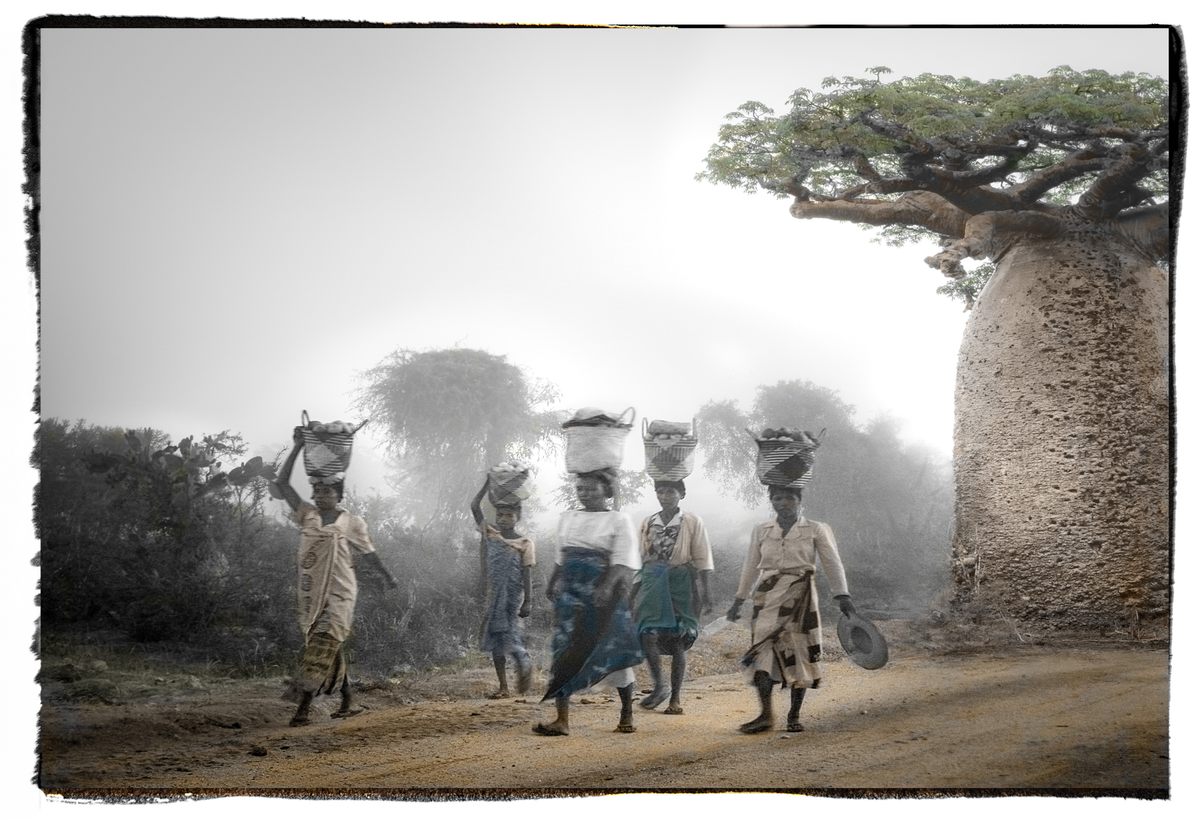
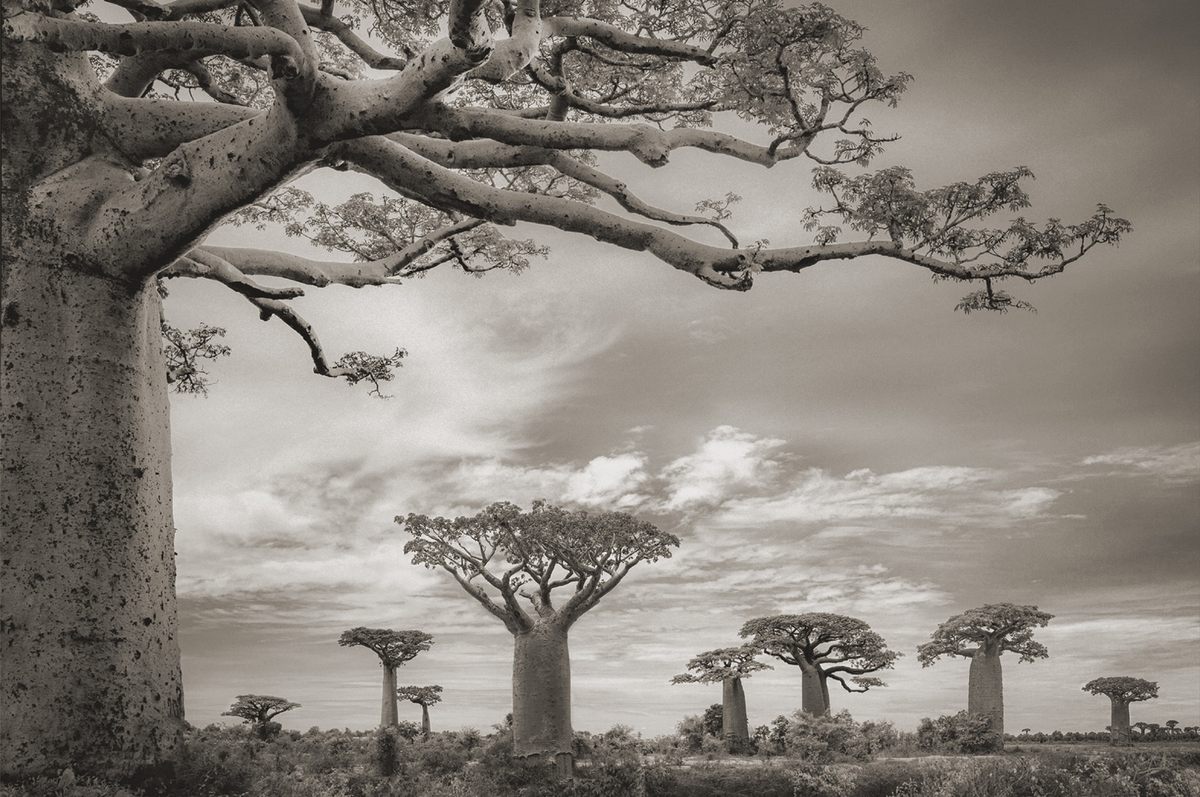
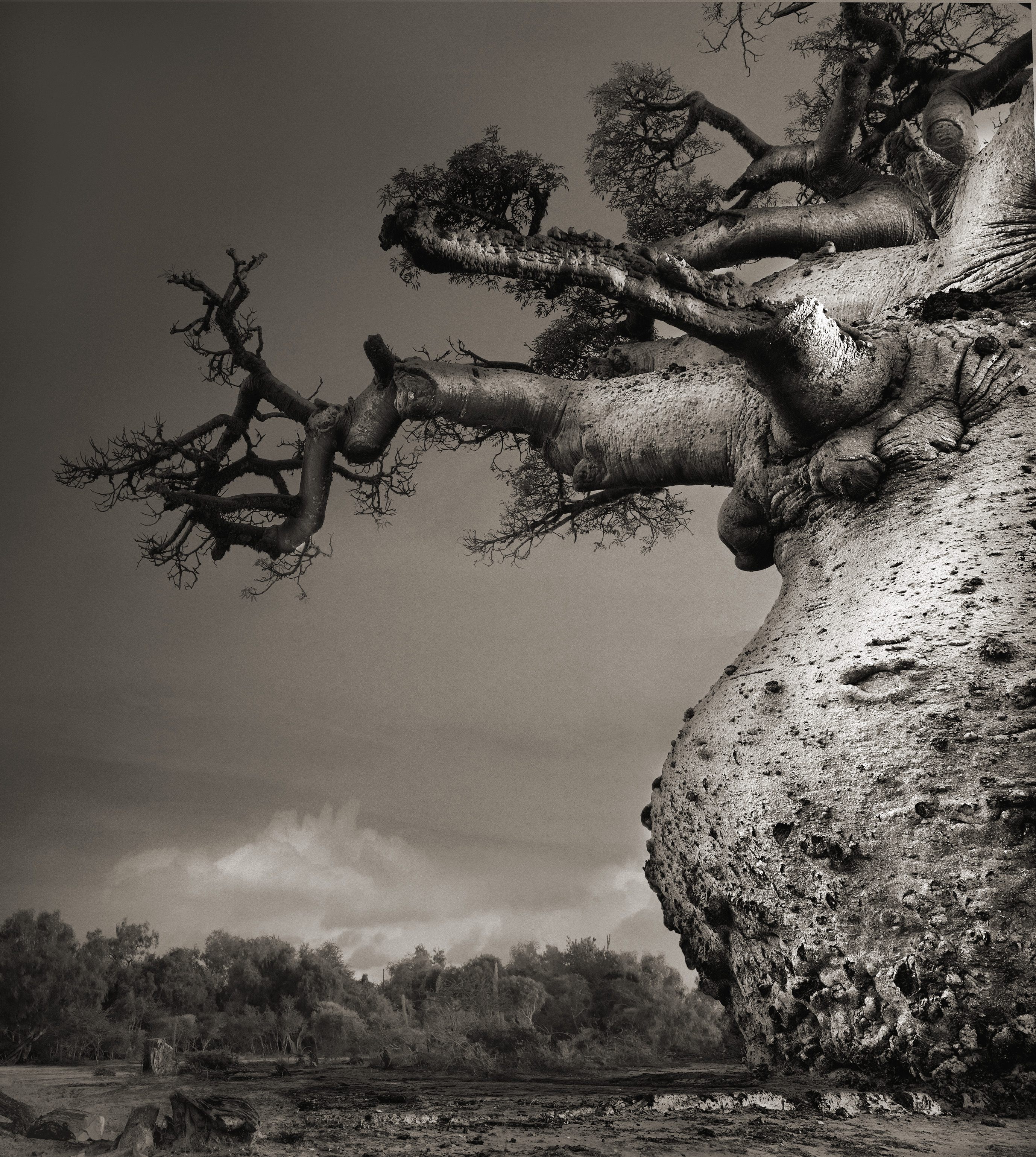



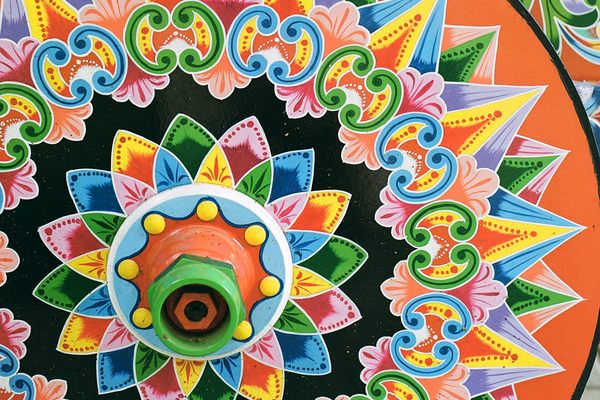


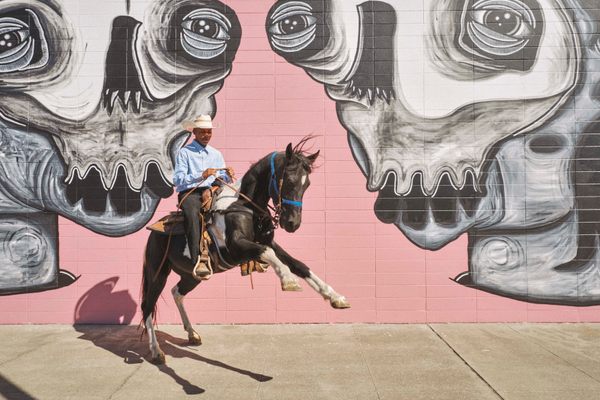












Follow us on Twitter to get the latest on the world's hidden wonders.
Like us on Facebook to get the latest on the world's hidden wonders.
Follow us on Twitter Like us on Facebook